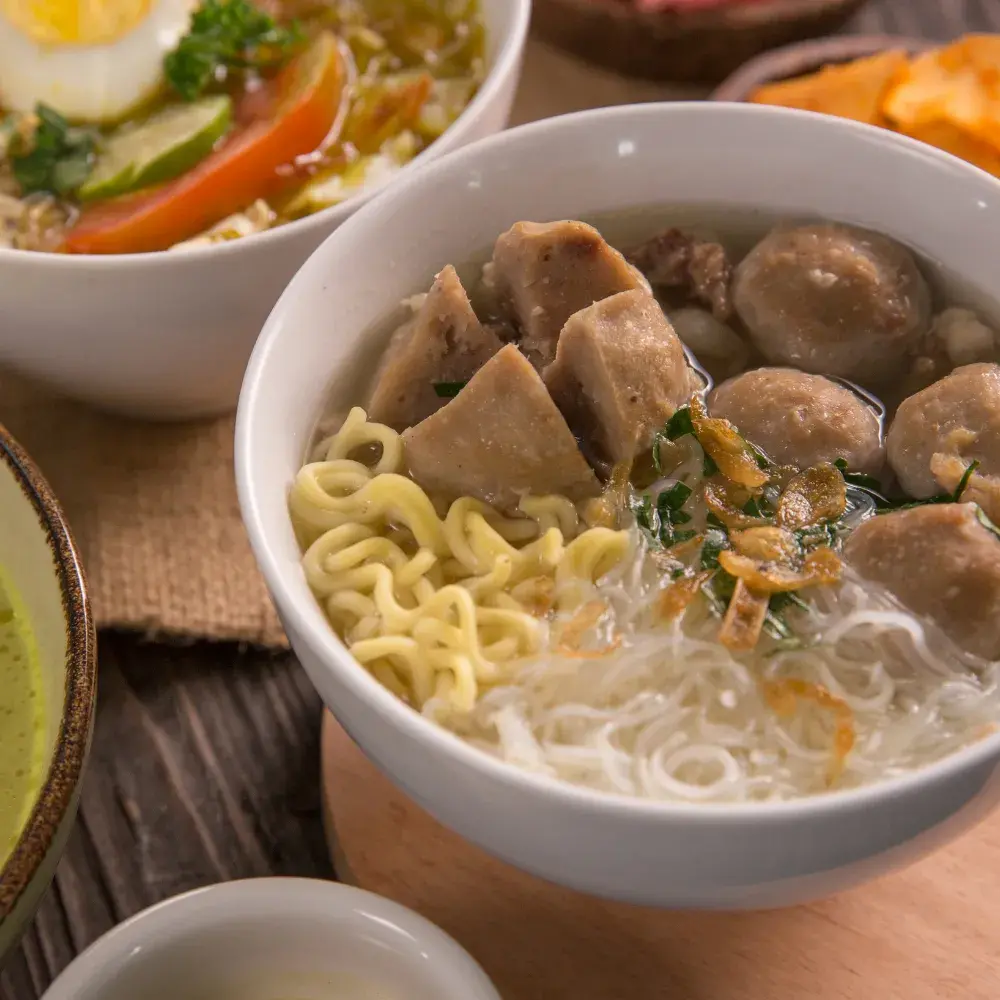Delving into the world of international cuisine unveils a fascinating array of dishes that celebrate diverse flavors, ingredients, and cooking techniques. Among these culinary treasures, halal meat holds a distinctive place, offering a harmonious blend of taste, tradition, and ethical consumption. The exploration of international recipes featuring halal meat is a journey that enriches our palates and broadens our culinary horizons.
The Rich Tapestry of Middle Eastern Cuisine
Middle Eastern cuisine is renowned for its vibrant flavors and aromatic spices, and halal meat is integral to many of its iconic dishes. One cannot discuss Middle Eastern food without mentioning kebabs, which come in various forms such as shish kebabs, kofta, and shawarma. These dishes typically use halal meat, marinated in a blend of spices like cumin, coriander, and sumac, then grilled to perfection. The result is a savory, tender delight that encapsulates the essence of Middle Eastern cooking. Additionally, dishes like lamb tagine from Morocco and mansaf from Jordan highlight the use of halal meat, offering a glimpse into the region’s rich culinary heritage.
The Flavorful World of South Asian Delicacies
South Asian cuisine, encompassing the culinary traditions of India, Pakistan, Bangladesh, and Sri Lanka, is another domain where halal meat shines. Biryani, a fragrant rice dish, often features halal chicken or lamb, infused with spices such as cardamom, cloves, and saffron. This dish is a festive favorite, celebrated for its complex layers of flavor. Similarly, haleem, a slow-cooked stew made with halal meat, lentils, and barley, is cherished for its comforting taste and nutritional richness. The inclusion of halal meat in these recipes not only respects cultural practices but also enhances the authenticity and depth of flavor.
Southeast Asian Culinary Wonders
The culinary traditions of Southeast Asia also embrace halal meat, reflecting the region’s cultural diversity and culinary innovation. In Malaysia and Indonesia, dishes like rendang and satay feature halal beef or chicken, cooked with coconut milk and a medley of spices to create rich, flavorful dishes. Rendang, a slow-cooked caramelized beef curry, is particularly notable for its tender texture and intense flavors. Satay, on the other hand, involves skewered meat grilled to perfection and served with a peanut sauce, offering a delightful balance of savory and nutty notes. These dishes exemplify how halal meat can elevate traditional recipes, bringing out their true essence.
Through the lens of international recipes, halal meat emerges as a versatile and integral ingredient. It not only adheres to ethical and religious standards but also enhances the authenticity and richness of global cuisines. As we continue to explore and appreciate diverse culinary traditions, the inclusion of halal meat in our kitchens allows us to connect with cultures worldwide and savor the finest flavors they have to offer.
Learn More
The Process Behind Halal Meat: From Ethical Farming to Your Plate

